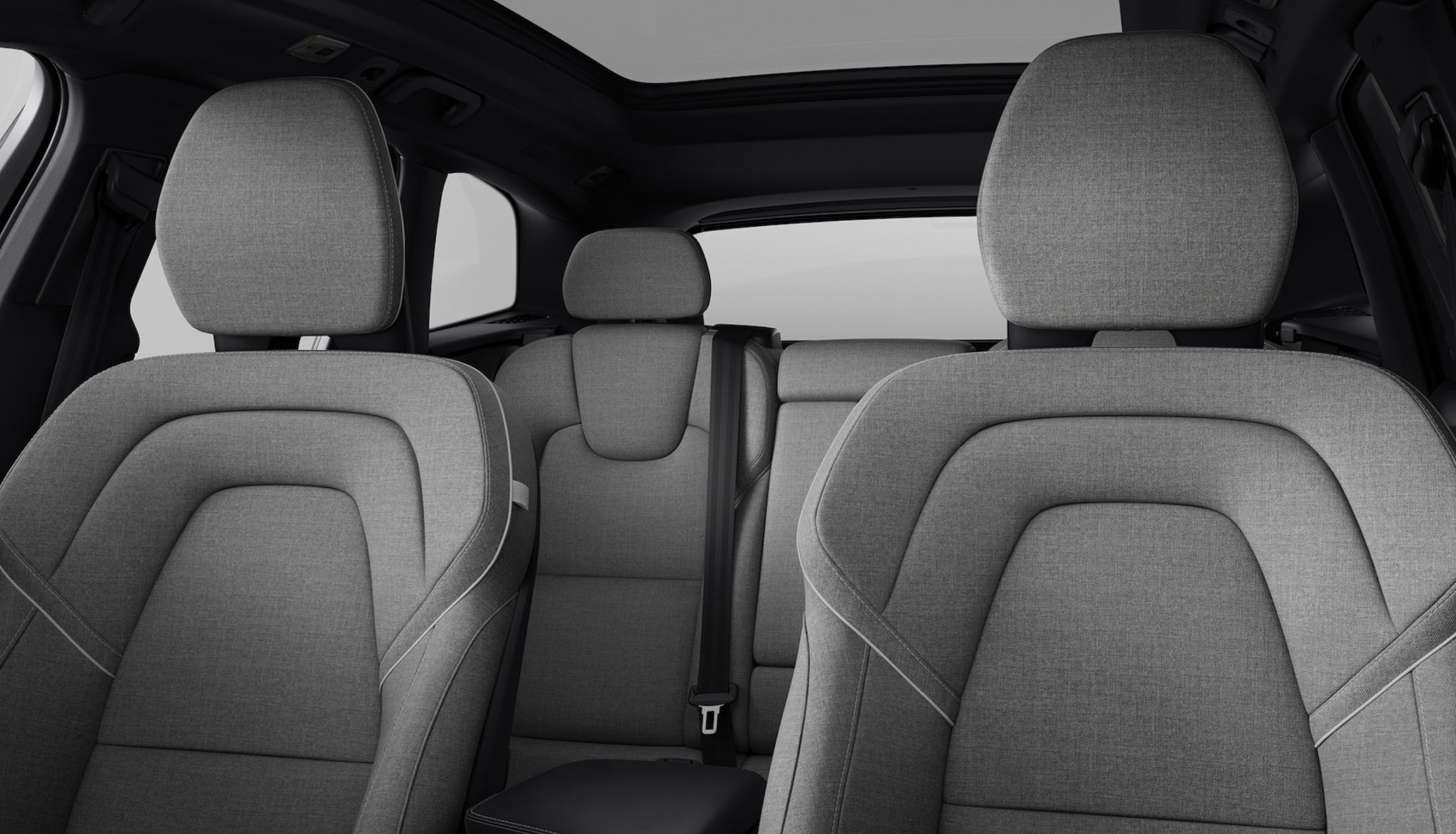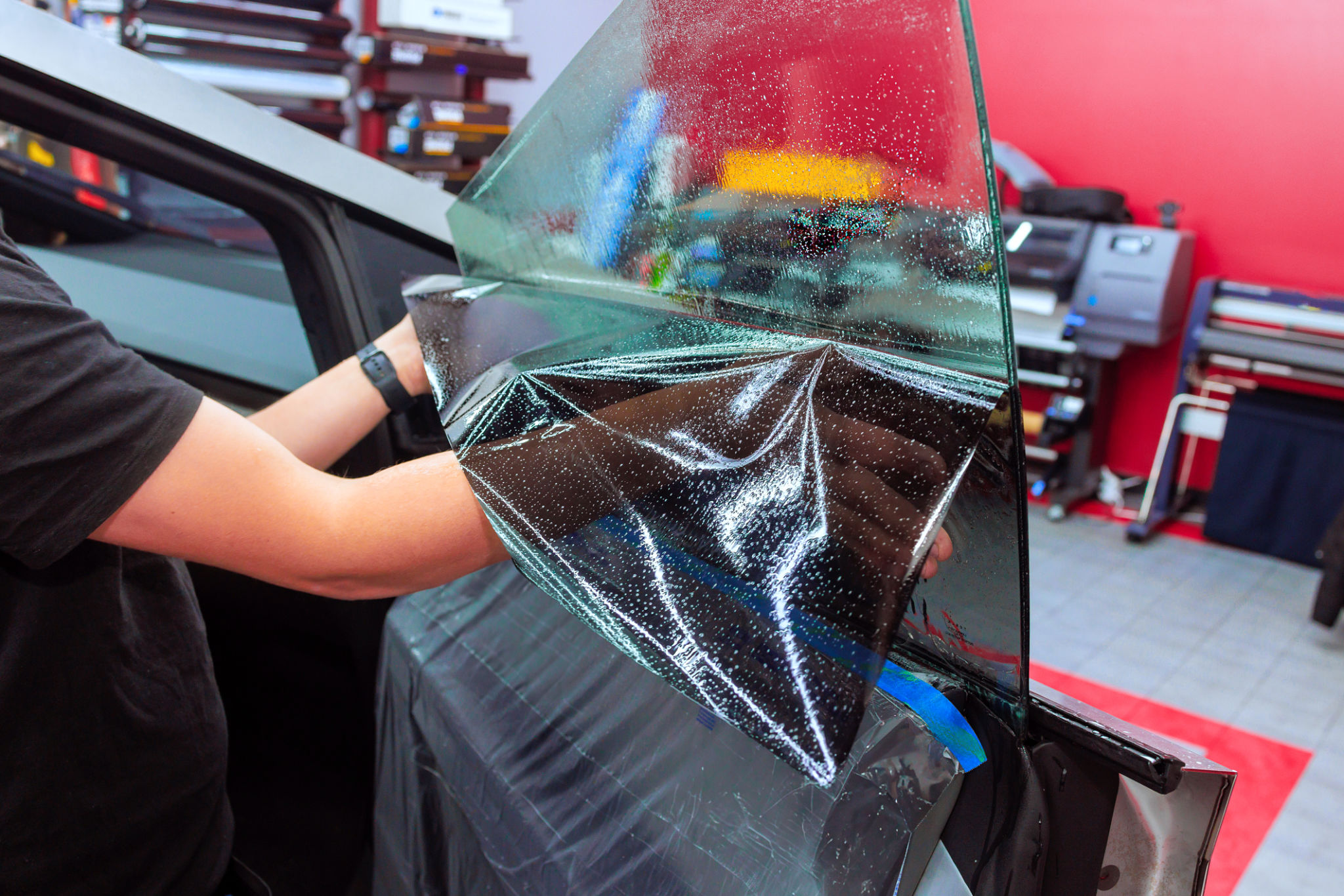How to Choose the Right Window Tint for Your Car
Da
Understanding the Basics of Window Tinting
Window tinting is more than just an aesthetic enhancement for your car; it offers a variety of practical benefits. From increasing privacy to protecting against harmful UV rays, choosing the right window tint can enhance your driving experience. However, with numerous options available, selecting the perfect tint can be overwhelming.
The first step in choosing the right window tint is understanding the different types of tints available. They vary in terms of material, appearance, and performance. Common types include dyed film, metalized film, hybrid film, carbon film, and ceramic film. Each type has its unique attributes, so consider what is most important to you—be it appearance, heat reduction, or UV protection.

Considering Legal Regulations
Before selecting a window tint, it is crucial to be aware of local laws and regulations regarding car window tinting. Each state or region may have specific rules about how dark or reflective your car windows can be. It's essential to research these regulations to avoid fines and ensure that your vehicle remains street-legal.
Most laws specify the Visible Light Transmission (VLT) percentage allowed for different windows in the vehicle. For example, a state might allow a darker tint on rear windows compared to the front side windows. Always verify the legal limitations in your area before making a decision.
Choosing the Right Tint Level
The level of tint you choose will greatly affect the benefits you receive. Tints are measured by their VLT percentage, which indicates how much light is allowed through the film. A lower VLT percentage means darker tint and less light penetration. Consider what balance you prefer between visibility and privacy.
If you frequently drive in sunny conditions, a darker tint may offer better glare reduction and UV protection. Conversely, if you drive primarily at night or in less sunny climates, a lighter tint might be more suitable to maintain good visibility.

Evaluating Additional Features
Modern window tints come with additional features that can enhance their functionality. **UV protection** is a critical feature to look for, as it helps shield both your skin and your car's interior from sun damage. Heat reduction is another valuable feature, keeping your car cooler and potentially reducing air conditioning usage.
Additionally, some premium tints offer shatter resistance, which can provide an extra layer of safety in case of an accident. Consider these features when selecting your window tint to maximize both comfort and safety.
Professional Installation vs. DIY
Once you've selected your ideal tint, you'll need to decide between professional installation and a DIY approach. Professional installation ensures a perfect fit and finish, as well as often providing a warranty for the work done. On the other hand, a DIY installation can save money but requires time and precision.

If you choose to go the DIY route, ensure you have the proper tools and instructions for a seamless application. However, for many, the peace of mind and quality assurance offered by professional installers outweigh the potential cost savings.
Final Thoughts
Selecting the right window tint for your car involves several considerations—from understanding different film types to legal compliance and additional features. By taking the time to evaluate your needs and preferences, you can choose a window tint that not only enhances your vehicle's appearance but also increases comfort and safety.
Whether you opt for professional installation or decide to tackle it yourself, investing in quality window tinting can make a significant difference in your driving experience.
